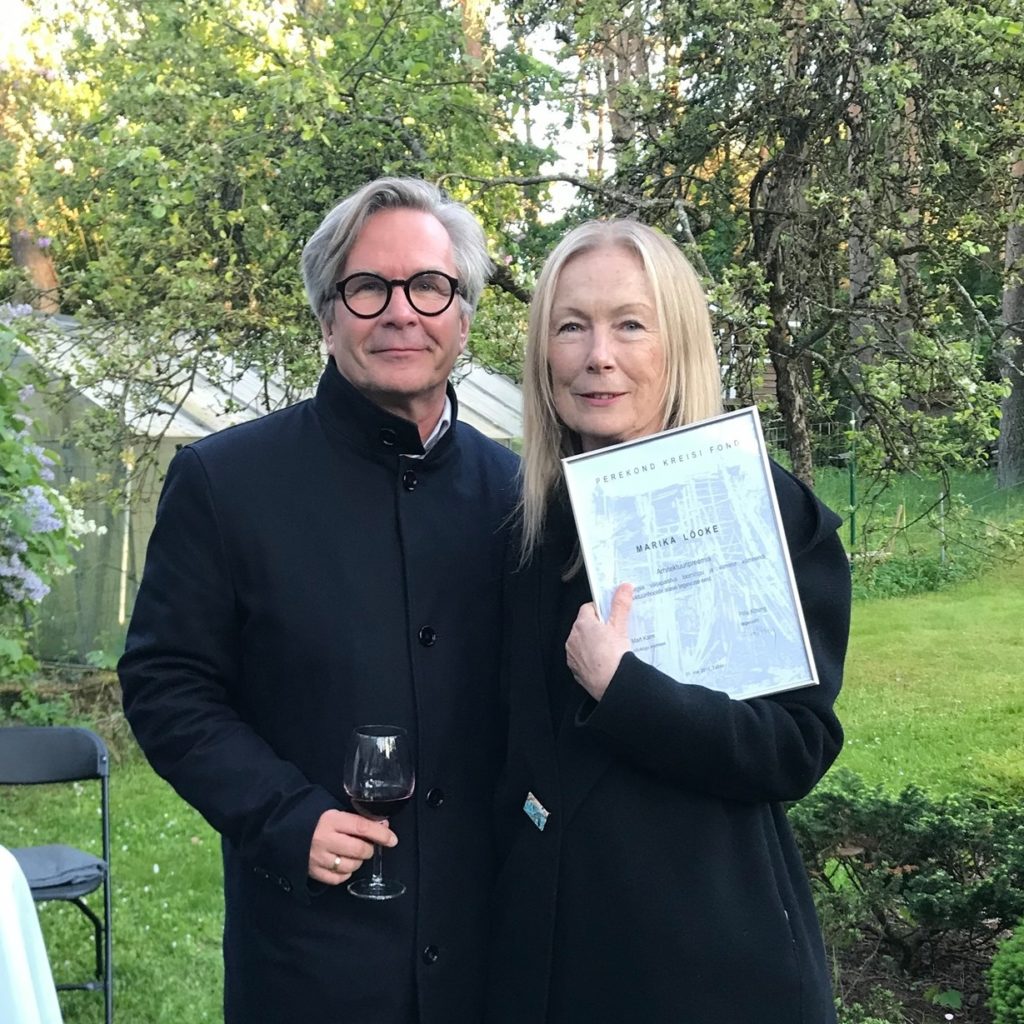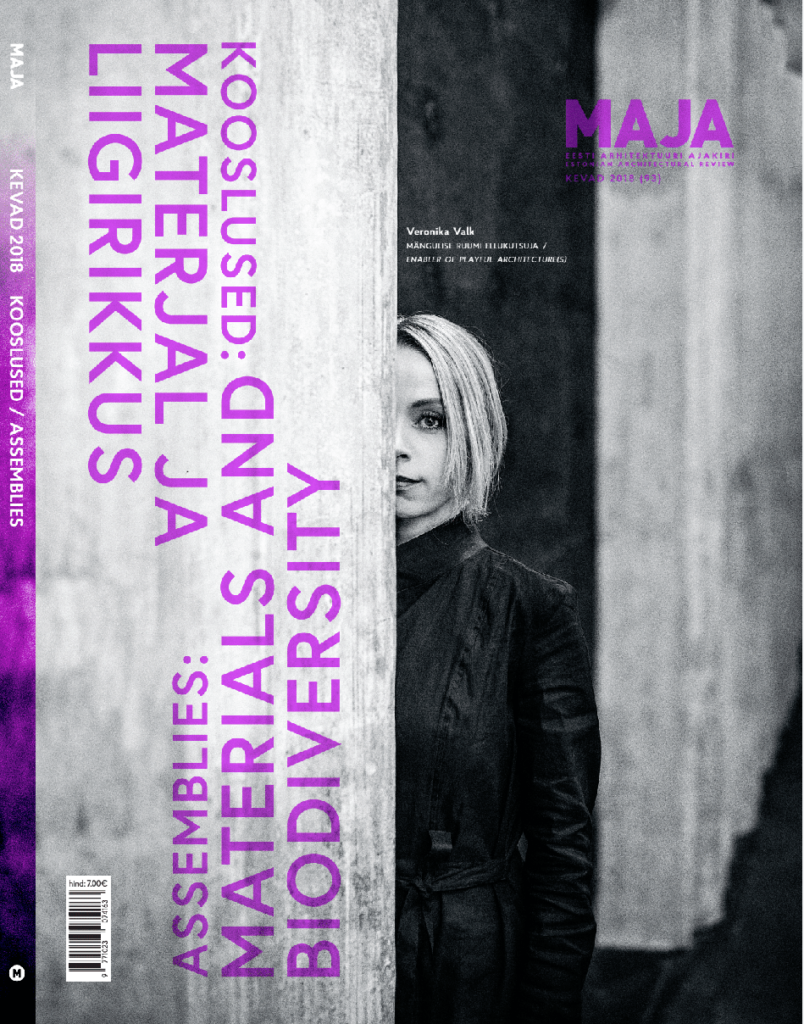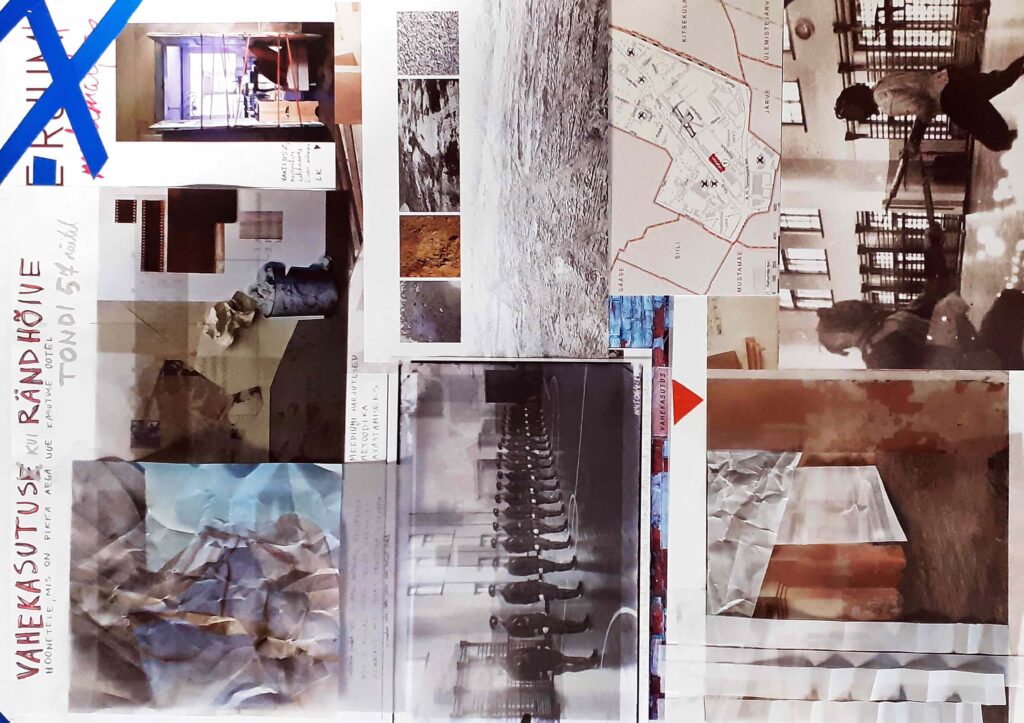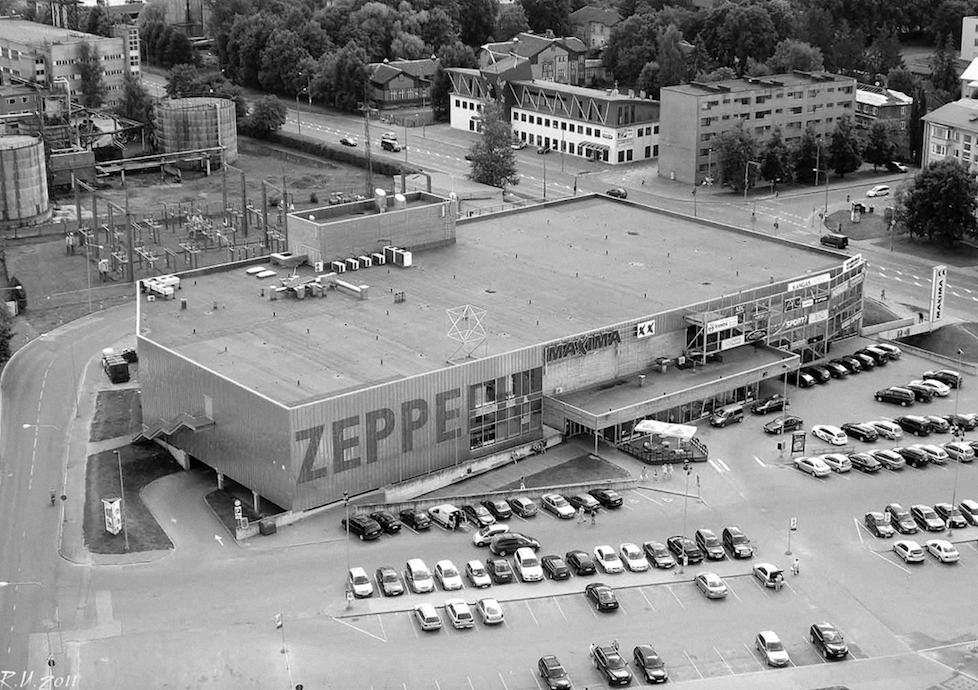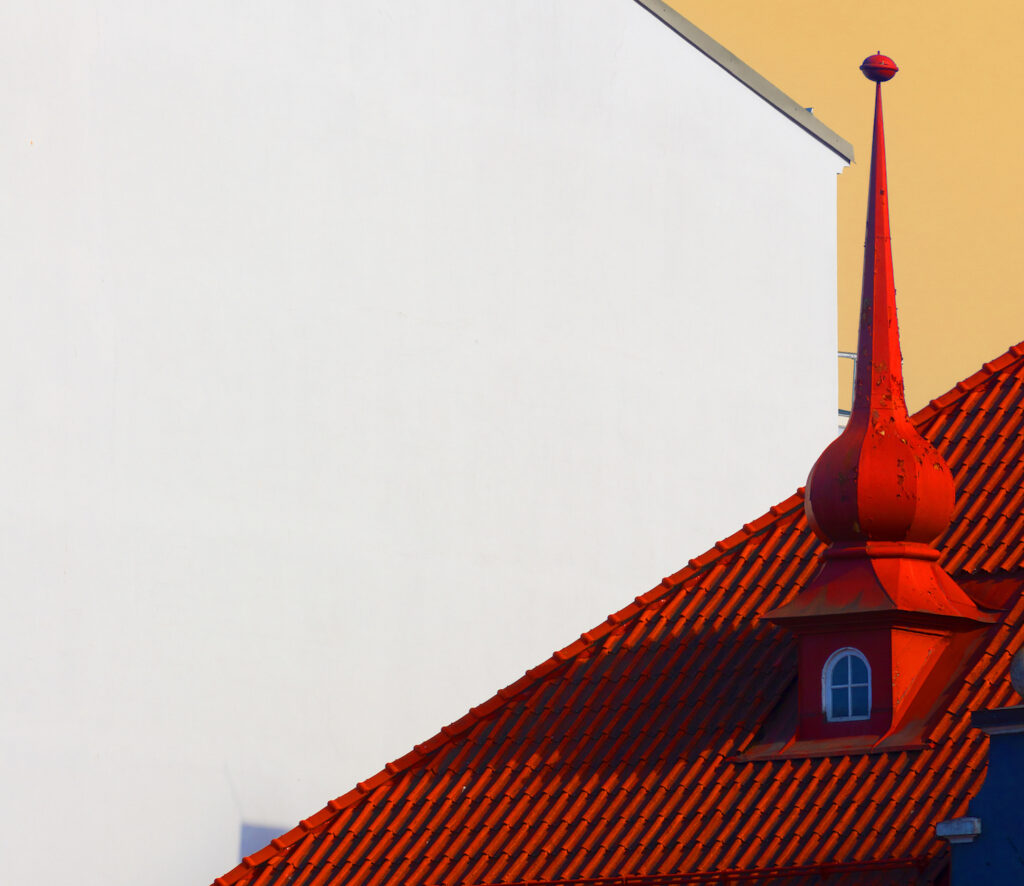The foundation of the Kreis family is the first foundation by a local family to support architecture that was established by Heljo Kreis in 2012. The aim of the foundation award is to acknowledge noteworthy phenomena, alternative practises and versatile creators who have remained on the margin of the mainstream Estonian architecture.
Developing community gardening helps to improve the ecological, social and financial situation of the urban environment. Estonia still has the tenacity and skills to grow food under power lines and in other urban wastelands, so let's treasure these skills and people who have the know-how to use them in public space!
“Great Public Spaces” competitions have an unprecedented historical value – the improvement of the quality of the spaces between the buildings has never been approached so systematically. The first of the fifteen squares are completed and ready for use. How did the innovations suggested in the winning entries transform into projects and from paper to space?
How can we explore the authenticity of interior space? Semele Kari moves to a barrack at Tondi and describes a pop-up interior architecture office inhabiting the desolate spaces as a methodology with the aim of finding the most suitable upgrade for them.
It is no news to architects and real estate developers that the design of a new spatial environment usually begins with parking spaces as if it was the fundamental value. More and more practitioners, however, complain about the outdated mindset related to parking norms and the need for a new approach allowing to implement more sustainable decisions. Tartu city architect and the head of the spatial design department Tõnis Arjus discusses the city’s new ambitious online app considering the parking spaces according to the actual need.
In the last five years, one hot topic for experts in the field of green transition, which has been cropping up at international conferences as well as on the desks of pertinent officials, is the handling of spatial heritage.
How can built heritage help with modern challenges?
Mida rohkem kahaneb ühistranspordi kasutajate arv, seda vähemaks jääb liine ja väljumisi ning seda raskem on konkureerida personaalsete liikuvusteenustega. Kuidas murda seda nõiaringi, mõeldes kliimakriisile?
As part of her research for PhD thesis, Marianne Jõgi designs and builds objects which on the surface appear as installation art, yet on a deeper level raise meaningful questions about architecture.
ARCHITECTURE AWARDS


